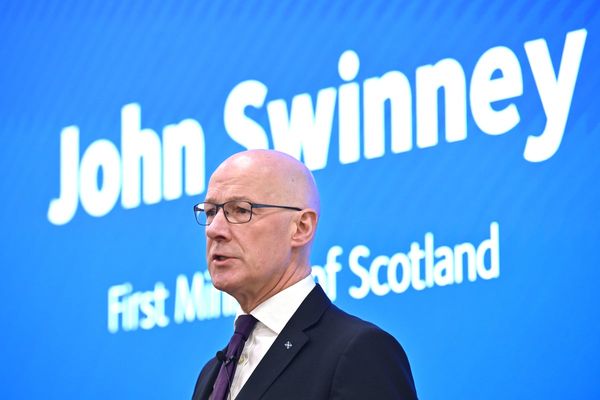Derelict houses and closed shop fronts line empty streets in the once booming town of Grassy, tucked away on the east coast of King Island.
Sitting in Bass Strait, 80 kilometres off north-west Tasmania, King Island boasts a population of about 1,600.
In its golden era between the 1940s and 1970s, the Dolphin mine with its tungsten reserves at Grassy employed more than 500 people, but was decommissioned in 1990 after the price of the metal crashed.
Ernest Blakeman, who has lived in the community for the past 70 years, said the former mining town was lucky to be standing.
"It was touch and go because certain people wanted the township pushed into the quarry, buried, gone, dusted," he said.
"It became a liability, the mine was finished, what are you going to do with all these derelict houses?"
"But a lot of people stood up and stood for it."
Mr Blakeman said the mine was keeping the community alive and when it shut, the town temporarily lost electricity because the mine was supplying power.
King Island Mayor Julie Arnold said the impacts from the mine shutting were still felt by the community and council.
"One of the issues that council has is that we have infrastructure that was built for 3,000 people when our population now is only 1,600," Councillor Arnold said.
"So the town hall that you see around you, a number of the buildings that you see, certainly the buildings at Grassy, all of those were built for a population double what it is now.
'One big family'
Flicking through a bundle of old photographs, Rab Denby recalled his final days working at the Grassy mine before it closed.
He was one of the last people remaining on site.
"We were just so self-sufficient, it's just like we were one big family," Mr Denby said.
"We were a community within ourselves, so to have all the people that you knew to slowly disappear and head off to other parts of Australia, it took a bit of getting used to."
He is hopeful that King Island Scheelite will re-open the tungsten mine.
"But with the mine coming ahead with the extra people down there to help with all these things, I reckon it will just be an asset for the island, not just for Grassy," Mr Denby said.
In February, the Tasmanian government offered a $10 million loan to King Island Scheelite to help restart operations, but the company needs to raise $85 million to get it up and running.
The general manager for King Island Scheelite for the Dolphin re-development project, Chas Murcott, said the company is looking to fully utilise the deposit.
"Only half has been mined, there's still another 10 million tonnes of this really good high grade ore here at the dolphin deposit," Mr Murcott said.
"We're looking to re-develop the old open pit and extend that to the east and then continue with some underground mining."
Tungsten is used in weapons and electronics manufacturing and is mostly produced by China.
Cr Arnold said the mine has been trying to re-open for "almost a decade," but she believes they are close to it actually happening.
"We understand there'd be almost 100 full time jobs during construction, down to 60 or 80 full time jobs once production commences," Cr Arnold said.
"The only reason that we don't currently attract more families back to the island is because there are no jobs."







